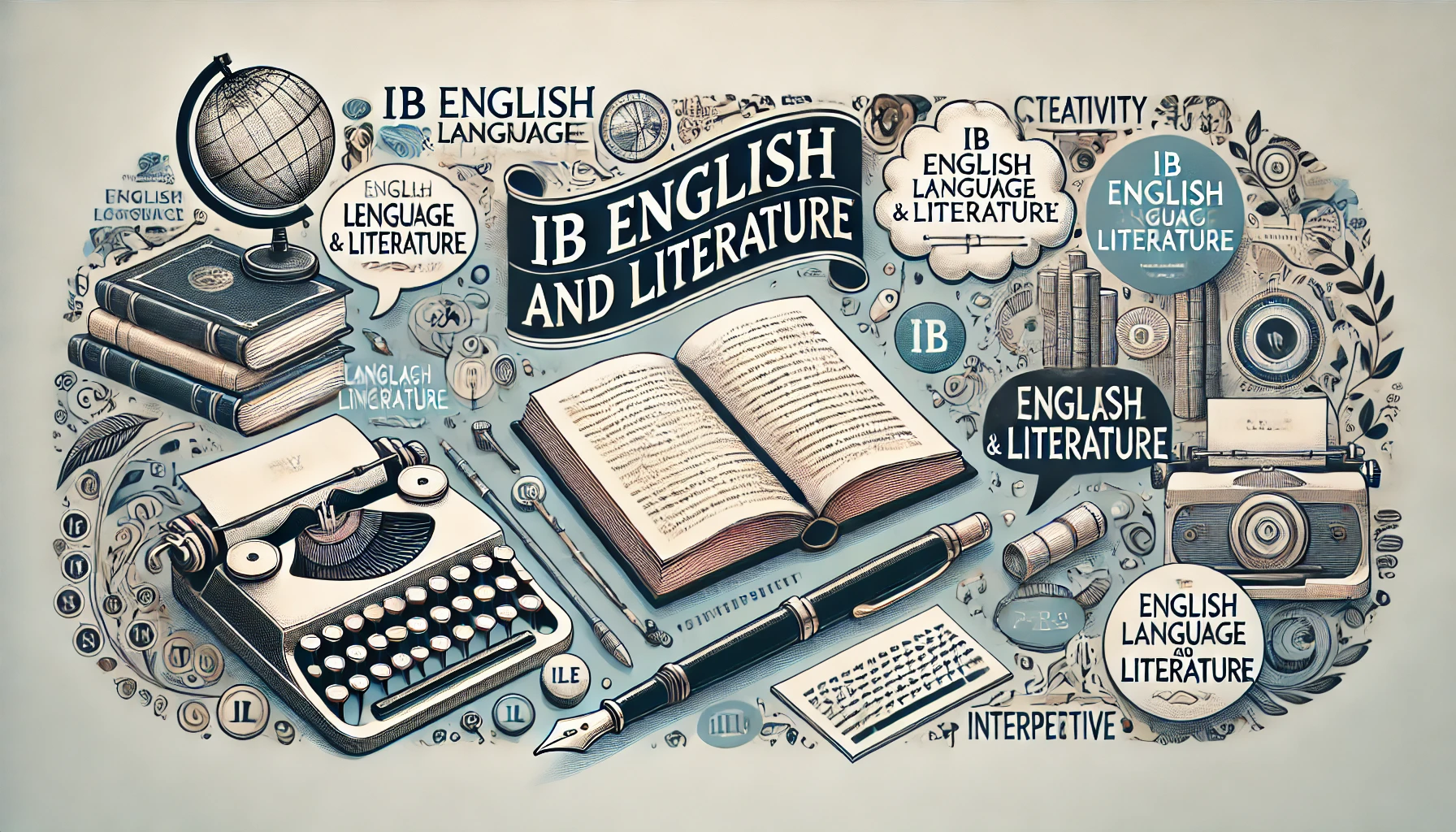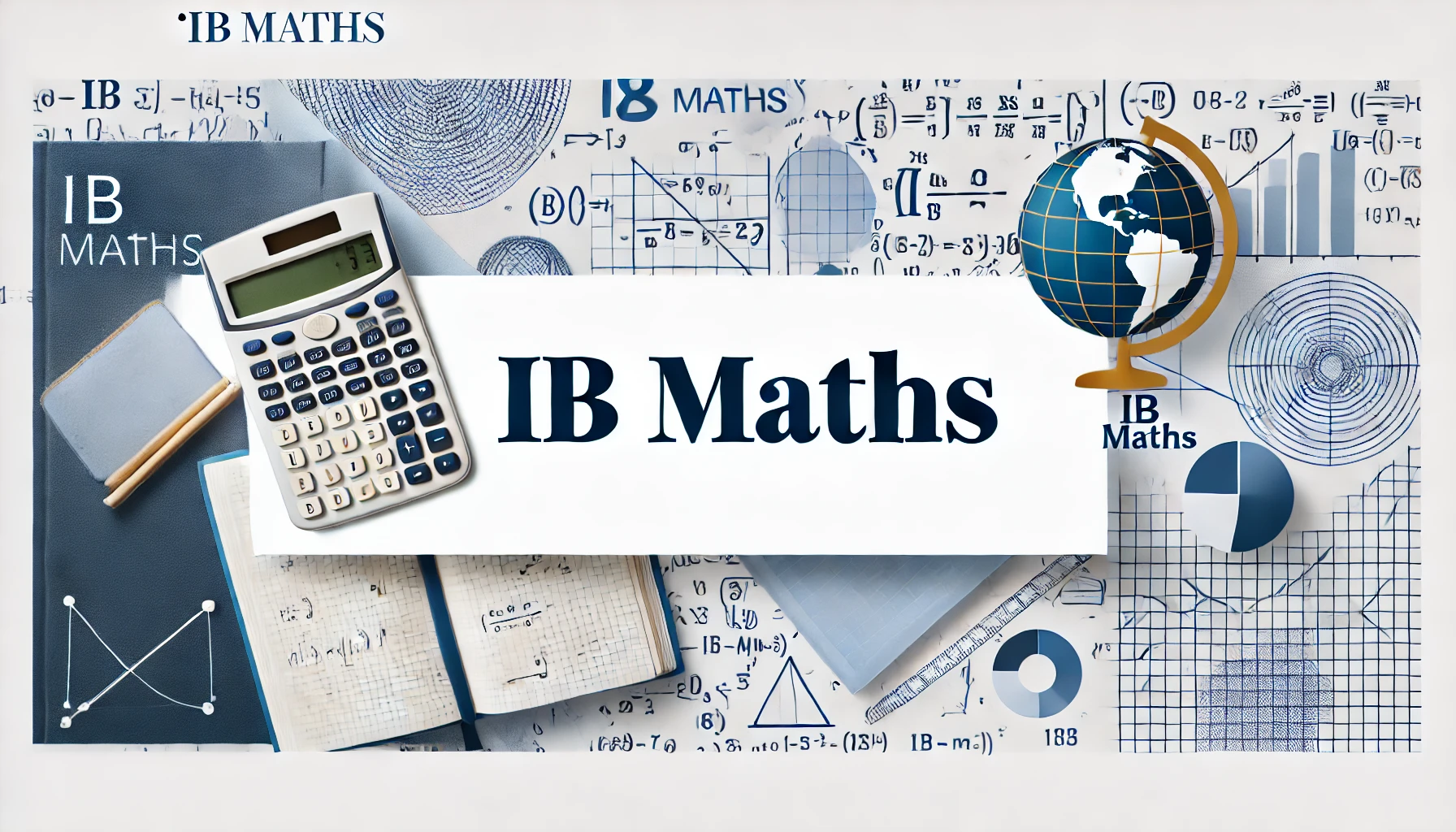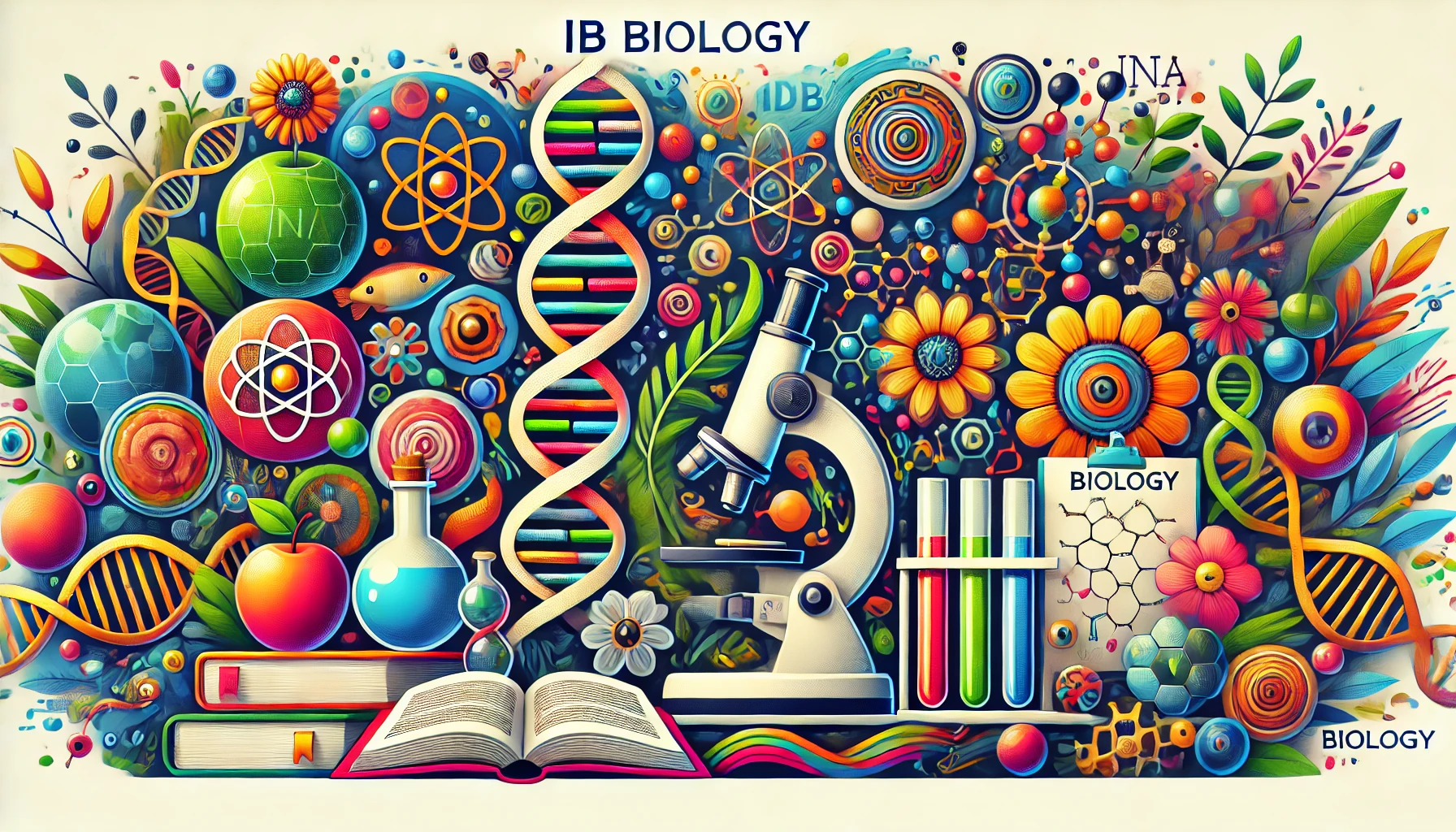

What is IB Literature?
IB Literature has three main components: (a) Paper 1, a guided analysis of an unseen text, (b) Paper 2, a comparative essay of two texts studied in class, and (c) the Individual Oral, an oral presentation on two chosen texts relating to a global issue. For HL students there is an additional HL essay component.
Understanding how each assessment contributes to your final grade is important — see our guide on how IB grading works. If you're based in Australia, you may also want to explore how your IB score converts to an ATAR.
Overall the skills assessed by each are fairly similar. Depth of analysis, use of textual evidence, structure and language. While it seems that each skill is separated, in practice they necessarily affect each other. Poor structure limits both depth of analysis and use of evidence, poor depth limits evidence and language, and so on and so forth.
The idea of an Essay
I find that the main thing students struggle with in IB English is what an essay truly is. Throughout our schooling process, we learn techniques: grammar rules, PEEL paragraphs, the three body paragraph structure. Because of this, there is a misconception in many students’ minds – that an English essay can be learnt through formula. In truth, the structure merely informs the idea; any structure can work. This fact becomes more apparent as the quality demanded from essays increases.
At its core, an English essay is an argument, just like any other essay. Thus, core skills are transferable among any essay writing or argumentative subject – debating, history, psychology. The one thing that distinguishes it is that it is also exploratory in nature. Thus, it is crucial to keep this in mind:
English essays must (1) have an argument which the essay seeks to prove (a thesis), and (2) this argument should reflect what the student already inherently sees in the text.
In this way, all points in an essay should be connected. Each body paragraph should explore a zoomed in aspect of the thesis. Each piece of evidence chosen should support and explore the point the body paragraph is trying to make. An error students make is not having an argument to support with their evidence – thus, no matter how familiar they are with language features, they can not explain the impact effectively. Furthermore, every point and piece of evidence should support or in some way be related to the main thesis – why would you bring up something irrelevant in an argument just because you see it?
To improve your ability to do this well, it can help to build skills in effective note-taking and break down the text in a structured way.

Choosing a thesis for IB Literature
The most difficult thing about choosing a thesis is the scope. To make a strong argument in the limited amount of time given, the scope has to be narrow enough to be able to be proven in a three paragraph essay. However, the scope cannot be so narrow that there is not enough content to prove it. One way to tackle this is to find a paradox or tension, such as the following: that the same memory can bring both comfort and pain. In this way, each body paragraph could address a different aspect of the same idea – How? Why? – and there is a clear guide throughout the essay. While there are many other ways to choose a good thesis and separate it into body paragraphs, to write a high scoring essay I advise students against making a common mistake – flattening the thesis. Let’s use the example I had before: the same memory can bring both comfort and pain. A common way to order this is such.
Firstly, a memory can bring comfort. Secondly, a memory can bring pain. And finally, sometimes, both can exist. There are two main issues that arise from this: (a) only the last paragraph really explores the depth of the thesis and (b) when choosing evidence, the depth of analysis is limited. To address this each body paragraph should focus on the crucial aspect of the thesis – that comfort and pain exist simultaneously (note the focus on the simultaneity rather than comfort or pain by themselves).
Structure for IB Literature Essays
Given my explanation of an essay it follows that any structure will work as long as there is sufficient depth. However, for ease and given the time constraints of an exam, I generally recommend the following.
For the introduction, start with a hook, the author and title, a summary of the plot, brief signposting of the three body points, and then the thesis (central argument) of the essay. It is important to remember that the introduction sets up the essay not only in terms of content but also tone – thus, use the hook and plot summary to direct the readers’ train of thought to support your thesis, especially if it is more complicated.
When responding to prompts or understanding marking criteria, knowing your IB command terms is crucial — these give direct clues about what you're being asked to do.
For the essay itself, I recommend three body paragraphs, with two to three full quotes per paragraph. To increase depth of textual evidence, I recommend that each quote first described with a broad technique (eg. metaphor/contrast) then using additional sentences to tease apart language features of specific words in that quote (metonym/allusion). Finish off with a link before moving on to the next quote.

Common Mistakes Students Make in IB Literature
Besides general structural issues that I have covered earlier, I have noticed a couple of issues students frequently have. First, redundancy, where the same idea is stated in subsequent sentences without adding depth, and second, a lack of clarity in the logical progression of the essay. To address both these points I recommend students practice unpacking their writing into what is best described as caveman language – ie simplify each idea into the shortest sentence it can fit into. This helps students recognise redundancies and confusion. Additionally, it is helpful to use linking words such as however, furthermore, and in contrast to signal the links between ideas.
To build a strong study routine around these habits, you might like to check out scientifically proven strategies for studying.
How to Practice for an Exam in IB Literature
I recommend students mostly practice with Paper 1 to develop general essay writing skills. The most efficient method is to write out a plan for Paper 1s (Thesis, Body points, supporting quotes + language features) in fifteen minutes. Practice one introduction and body paragraph for every three or five unseen texts, and write a full paper for every ten.
If you're building a prep timeline or juggling multiple subjects, setting up a proper routine can help — here’s a guide on how to build a study plan that works.
Final Words of Advice for IB Literature
When in confusion, I find the best thing to return to is one simple truth – that an essay is meant to communicate an idea. Thus, make sure you know what you want to say about the text, and guide the reader through your ideas by signposting, using linking words, and giving sufficient context before evidence.
And if you ever feel stuck, working one-on-one with a tutor can be incredibly helpful. Here's more on the benefits of private tutoring for students aiming to reach the top band in IB English.





